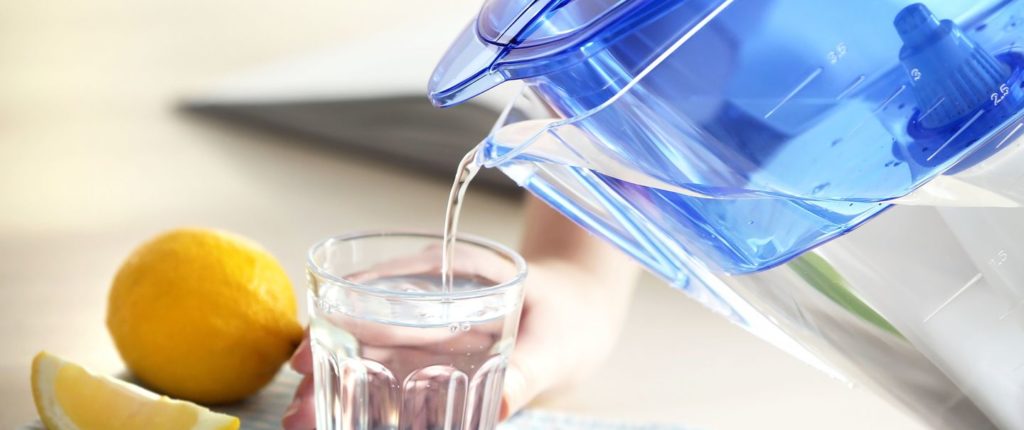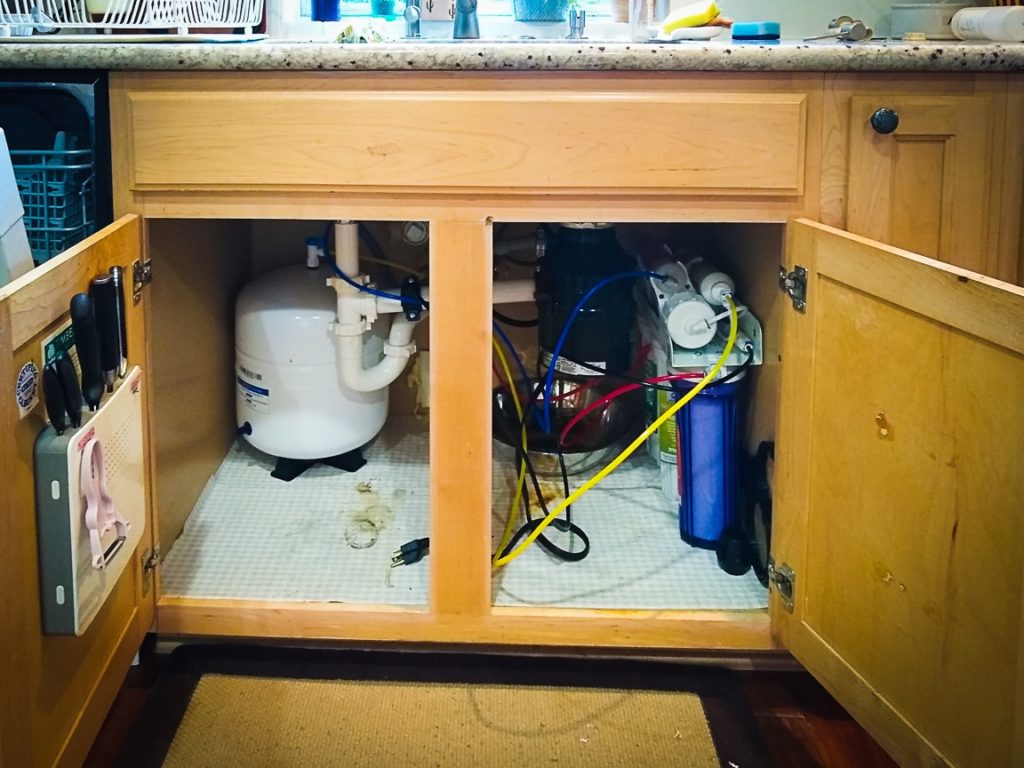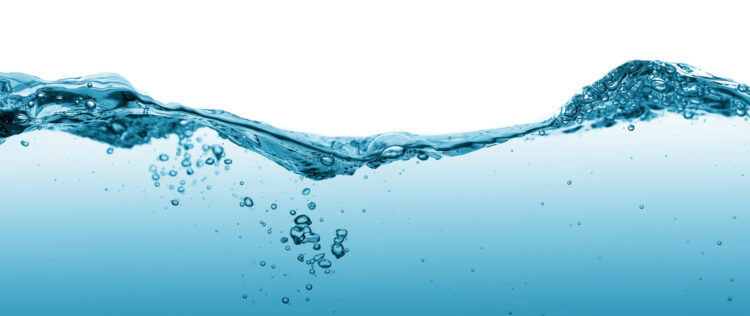Nature gifted us with water but do we know how to appreciate it? Houses, factories, industries, malls, offices, companies, and other public and private places have facilities that provide fresh water. Hotels and restaurants serve bottled water for visitors as well and due to high demand, this service is deemed premium.
Speaking of hotels, guests require water every now and then and it can be during the day or in the night. Its availability is a major concern and should turn out to be pocket-friendly for the managing team. On the contrary, if the water that is free from contamination ensures healthy well-being of every individual.
Nowadays we are faced with a shortage of water. Recent reports suggest that the groundwater table is decreasing and in coming years it would be very hard to extract water from the ground. The numbers are alarming and the concern shouldn’t be neglected. The benefits of drinking filtered water are as follows

• It is chlorine and bacteria-free.
• Toxins are removed.
• Waterborne diseases are avoided.
• Harmful minerals such as lead are filtered out.
• This water can be used for cooking purposes plus children can drink it without getting infected.
Hence, it is must to install a filtered plant at home or office. For public communities, it is advised to have a water treatment system that follows a series of steps – sedimentation, filtration, and disinfection.
- Sedimentation- The heavy sediments settle at the bottom of the tank;
- Filtration- Filtering out uncontaminated water;
- Disinfection- Adding disinfectants such as chlorine;
Why drinking water is important?
Water is not the only source to quench your thirst as it has several other benefits too. It helps to excrete the toxins from our body. It keeps us hydrated and lessens fatigue. Drinking adequate amount of water purifies kidneys and keeps the heart in check. If having 8-10 glasses of water becomes a habit, the positive results can be seen on the skin. Doctors recommend a balanced diet and that you drink lots of water as it helps your digestion as well.
In India, despite the technological advancement and eco-friendly measures being adopted there are still more than 50% of the population that is deprived of having safe drinking water. Women gather water from a water tanker and some have to travel long distances or stand in long queues to get water. Due to contaminated water, water-borne diseases are very common. Diarrhea, cholera, dysentery, etc. are regular in these parts of the world. The affected areas are slums, densely populated cities which hardly have access to fresh water. In these areas what is required is a biological sewage treatment plant, planned waste disposal and water filtration systems at houses for good quality of water.
According to rocareindia, cost-effective RO (Reverse Osmosis) and UV water purifiers are available as they reject the quantity of contaminated water and provide only safe drinking water. RO is considered to be better than UV. RO purification method separates bigger particles, ions, and molecules thereby converting hard water to soft water, not just the bacteria but other chemicals that might cause harm are also removed.
Working process of RO includes
Sedimentation- to remove visible bigger particles such as sand, stone, mud, etc. The sediment filtered water is passed through carbon filters to rectify bad taste and odor. Presence of other metals like lead, mercury, arsenic is removed by reverse osmosis. UV treatment is given to permanently destruct bacteria and viruses. The last step includes maintaining good water taste and the addition of desirable minerals. It also maintains quality by maintaining the PH. They are capable to remove chemicals from water. The advantages of using RO are:
- It can work with water which has sediments and is muddy.
- It retains the essential minerals of water and helps in improving its taste and odor.
- It removes harmful microbes and dissolved salts.
- The cost of basic RO can start from 5 to 6 thousand and can go up to 30 to 40 thousand depending on the assembly of members incorporated in it.
UV treatment technology removes the bacteria and other harmful microorganisms in water leaving behind clean water. The water is exposed to UV radiation which passes through a tube. They are not able to remove salts and chemicals from water. Because of the unavailability of pre-filtration system, it is not capable to remove sediments from water.

On the contrary, RO removes sediments too along with chemicals. Water not just contains pathogens and chemicals it contains heavy metals too that are the reason behind diseases. The advantages of using it are:
- less waste and time.
- Does not expel the chemicals in the water.
- It is pocket-friendly for consumers.
- The basic cost starting is same as that of RO 5 to 6 thousand and can go till 10 to 15 thousand.
- That is why in commercialized place people go after saving expenses so they prefer UV purifiers.
Only RO filters and other equipment have a high cost but it gives complete germ-free water. After 4 or 6 months service is done for the purifiers which involve proper cleaning of the system. For UV water purifier UV lamps are replaced after every year or due to any discrepancy in for better results.
There is no doubt that UV and RO water purifiers have become a vital part of every household and public places to have pure and healthy water. RO is more preferred as compared to UV in terms of double protection against germs and new in-built technology adopted. UV purifiers are used too but they don’t produce much output as compared to RO. At the end what matters is that contaminated free water is available to all the consumers to ensure good health and well-being. A drop of water can save one’s life, it would be of no use if loaded with pathogens and bacteria. Use water wisely, it’s very precious.
